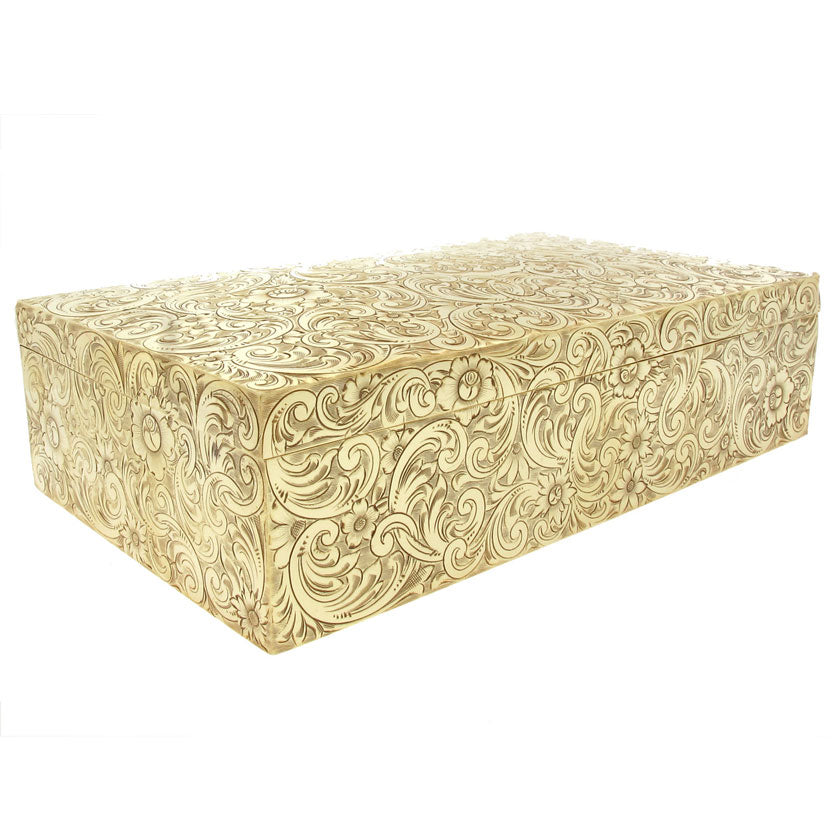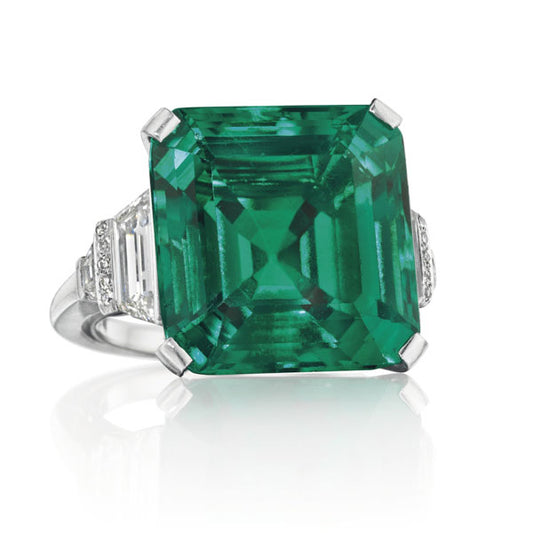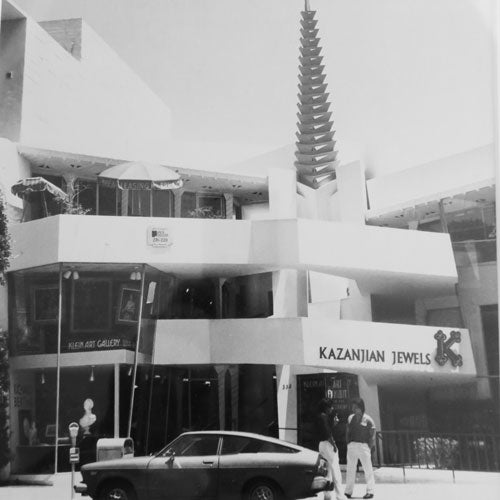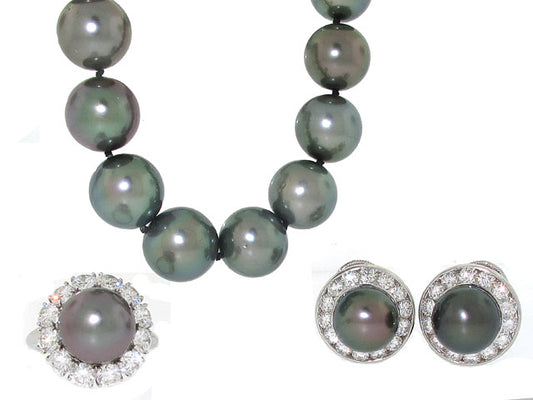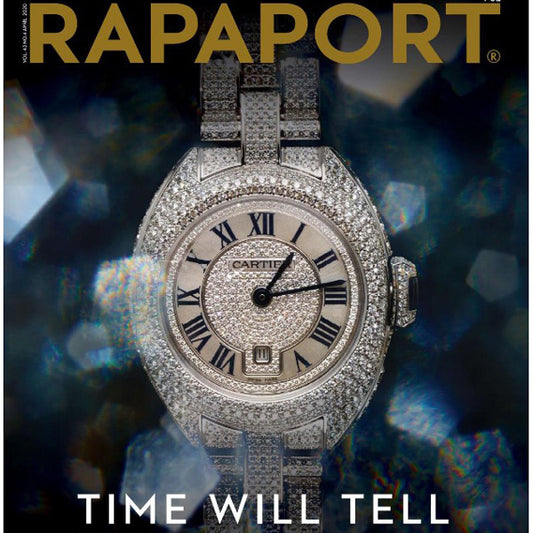(1922-present)
Horatio Alger books are always heartening to read and when such a story is actually a true recounting of someone’s life, it’s even more uplifting. Raymond C. Yard led just such an extraordinary life. He began his career (hardly a career at the time) as a doorman and errand boy for the then-famous jewelry company Marcus & Co., in New York City 1898. The young lad clearly showed signs of promise and he was consistently given more responsibility, getting promoted through the various departments. Along the way, he learned the business thoroughly. Some 20 years later, he achieved the position of the emporium’s head salesman, sought after by its refined clientele.
It was the gracious John D., Rockefeller, Jr., one of Yard’s loyal clients, who suggested he go out on his own, and with the word-of-mouth support supplied by Rockefeller, Yard was an instant success. His shop was located at a posh address, 522 Fifth Avenue, and it became a mecca for the fashionable and stylish. Among the bold-face names who considered him their family jeweler were the Woolworths, the Flaglers, the DuPonts, the Harrimans, the Vanderbilts, and countless Hollywood luminaries.
It didn’t hurt, of course, that Yard produced enviably gorgeous jewelry, always using ultra-fine-quality stones, fabricated more often than not in platinum, which later in the 1940s gave way to palladium. Drawing on Edwardian themes, he created smart and chic pieces, and soon also introduced Art Deco and Retro looks. His jewelry usually had a more quiet elegance to it, rather than a show-stopping quality, but always it was the best-quality stones that he dignified with stunning settings and designs. His substantial rings truly were the definition of the category “cocktail ring.” His renowned brooches were eye-catching, without shouting “look at me.” More unusual in his line were his figurative brooches—the most famous being his playful rabbit brooches, which started appearing in his shop in the 1920s and ‘30s. His bunnies were anthropomorphized into yachtsmen, fishermen, brides, even waiters, and they delighted and captivated his customers.
Just as Yard’s story was a sort of rags-to-riches saga, his successor at the company had a similar biography, and it was perhaps because of that comfortable parallel that Yard took his 17-year-old golf caddy and protégé, Robert Gibson, under his wing. It was he, upon Yard’s retirement in 1958, who took over the company and when Gibson retired in 1989, his son, Bob, assumed the helm of the company.
A lovely coffee table book, Yard: The Life and Magnificent Jewelry of Raymond C. Yard, is lavishly illustrated with the company’s bijoux and it underscores why his jewelry is as prized today by collectors and aficionados as it was back in the day.

